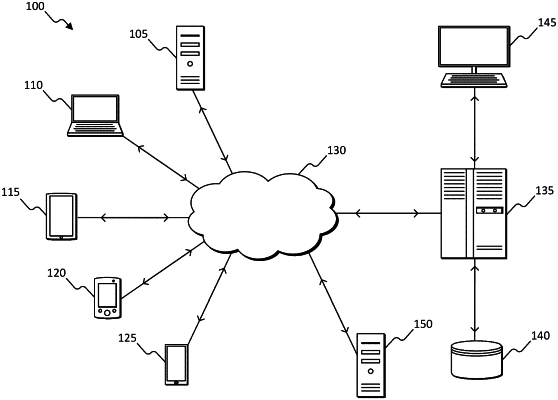| CPC G06Q 40/03 (2023.01) [G06N 3/045 (2023.01); G06N 3/088 (2013.01)] | 20 Claims |

|
1. A server comprising:
an electronic processor; and
a memory, the memory including an online application origination (OAO) service and a plurality of OAO models, each of the plurality of OAO models differentiates between a behavior of a normal user and a behavior of a nefarious actor during a submission process of an online application using a first electronic device,
wherein, when executing the OAO service, the electronic processor is configured to
receive form data from a third-party client server hosting a second online application that is separate and distinct from the online application,
determine, with deep learning, a best OAO model from the plurality of OAO models with respect to the form data,
receive information regarding a submission of the second online application using a second electronic device,
determine a fraud score of the submission of the second online application based on the best OAO model that is determined, and
control the third-party client server to approve, hold, or deny the submission of the second online application based on the fraud score that is determined,
wherein the plurality of OAO models are pre-existing models that are generated from second form data relative to respective online applications, the second form data being distinct from the form data,
wherein the best OAO model is a model from the plurality of OAO models that has the lowest error in differentiating between the behavior of the normal user and the behavior of the nefarious actor during the submission of the second online application on the second electronic device relative to other models in the plurality of OAO models,
wherein the third-party client server is administratively controlled by a first entity, and
wherein the server is administratively controlled by a second entity that is separate and distinct from the first entity.
|